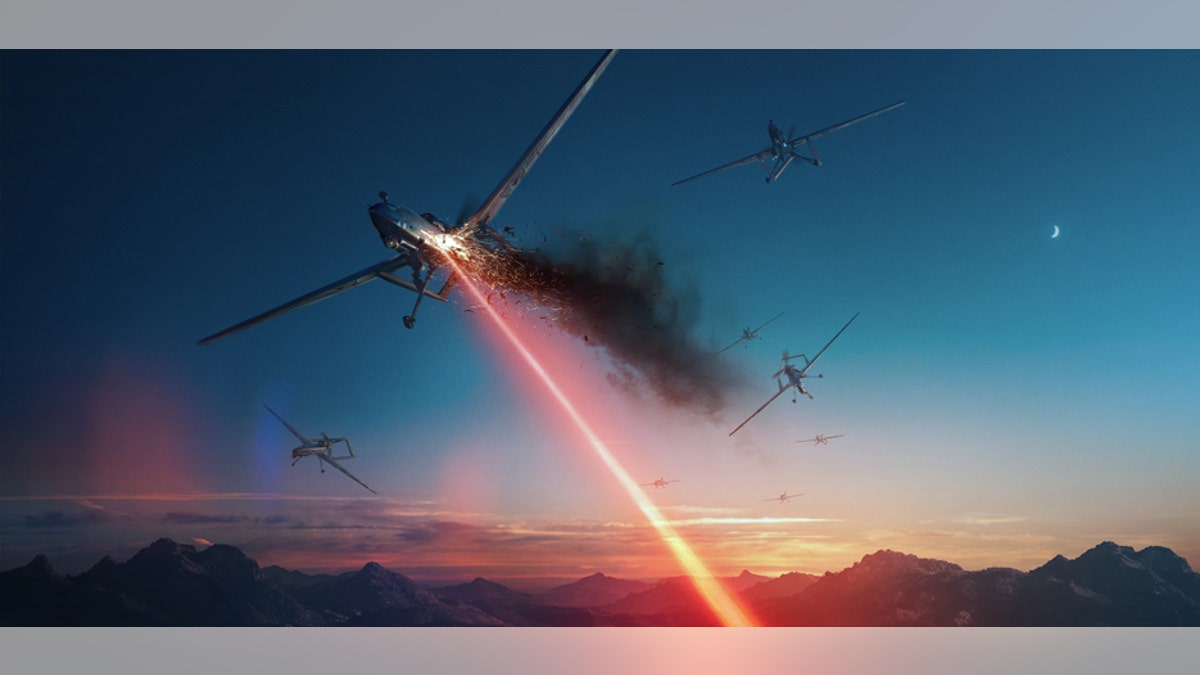
(Lockheed Martin)
Drones may be fantastic as a consumer hobby, but these small unmanned aerial vehicles pose a significant security threat when they fall into the wrong hands. One weaponized drone is bad enough, but drone swarms are a security nightmare for military officials. Drones, whether alone or in groups, are difficult to spot when approaching, tough to follow on radar, and cannot be easily shot down using conventional weapons. To combat this potential threat, Lockheed Martin is developing a laser-based weapon that’ll blow such drones out of the sky.
Traditional military protocol relies on the use of missiles and guns fired from the ground or from ships or vehicle platforms. These armaments may work for ballistic missiles, enemy aircraft, and other larger targets, but they are not effective against drones. Drones are difficult to target because of their small size and maneuverability. By the time a conventional weapon is deployed and prepared to fire, a drone could already be at its target. When trying to neutralize a swarm of drones, a laser weapon is preferable because it can be deployed almost instantly and can fire a series of pulses that destroy a target with precision.
Lockheed Martin is focusing on these laser weapons, combining multiple fiber lasers into a weapons system that can target and destroy a swarm of drones with a 60-kilowatt burst. The system is smaller than a conventional weapon, allowing it to be installed in a wide variety of platforms including armored trucks and similar smaller vehicles. It also is covert because the laser bursts cannot be seen by the naked eye making it the ultimate stealth weapon. Because it uses multiple lasers, the 60-kilowatt system can be scaled up or down in power to suit the needs of the military unit.

Lockheed Martin says the fiber lasers that comprise the 30-kilowatt ALADIN laser are under production at its Bothell, Washington, facility. The modular laser design lets the laser's power adapt to specific missions (Lockheed Martin).
Developed by Lockheed Martin, the 60-kilowatt drone-killing laser is being prepped for laboratory testing by the end of 2016 and U.S. Army system integration in the future. Each 60-kilowatt laser system will be mounted on a service truck for flexible and fast deployment against enemy rockets, cruise missiles, artillery, and drones.




















